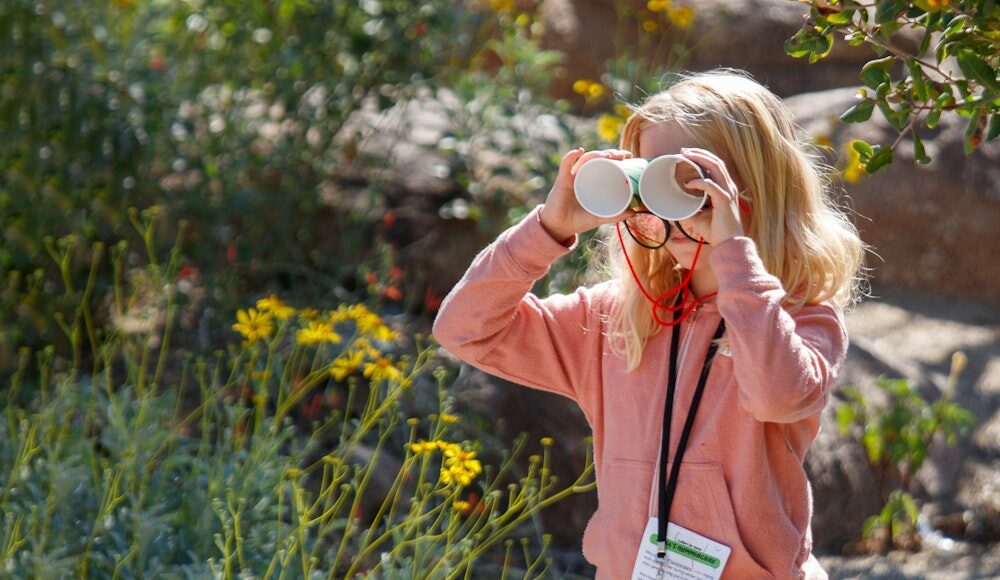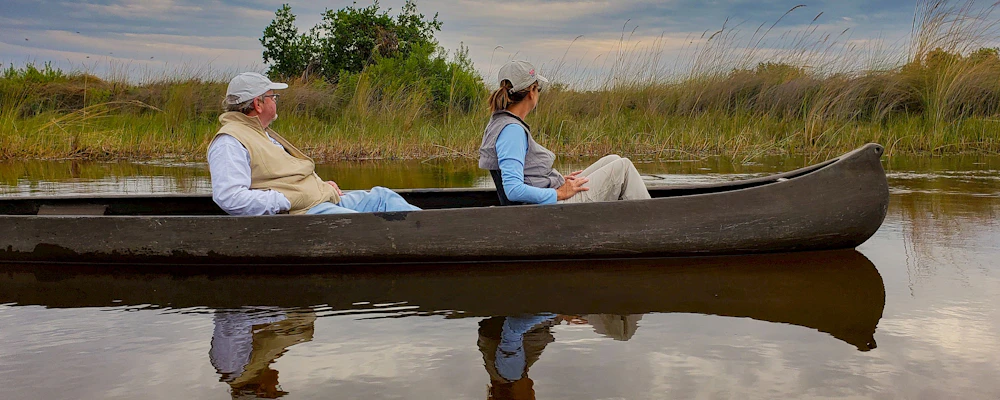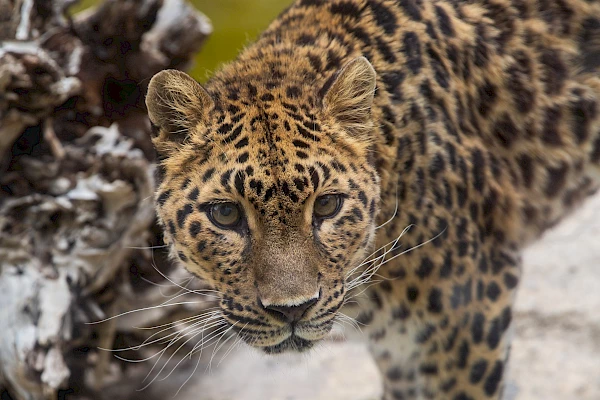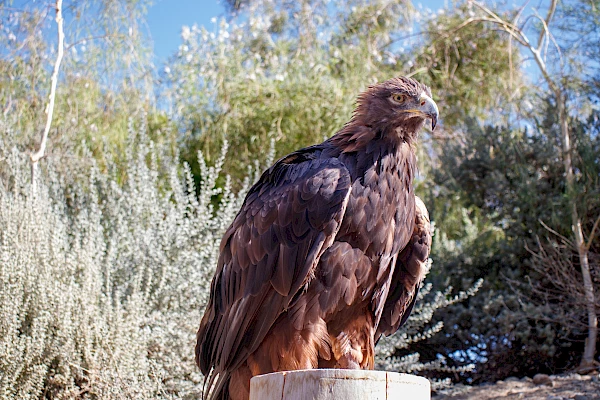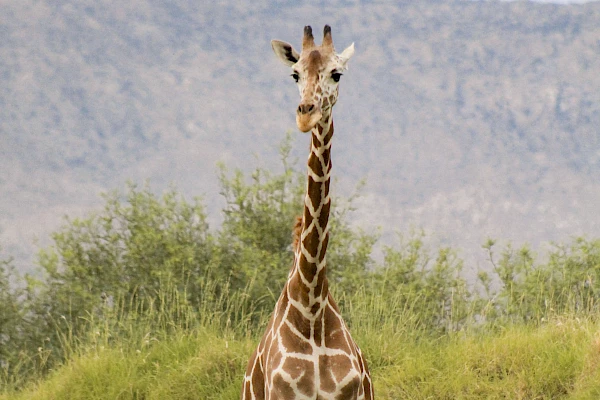Each season of life brings cause for celebration, be it new births, critical milestones, parenthood, or the wisdom and grace of growing old. Just like with humans, an animal’s golden years are something to be cherished and are a cause for celebration here at the Zoo. With the expert care and attention given at The Living Desert, many animals have a longer life expectancy than their counterparts in the wild. While we do celebrate, we also prepare. With these tender golden years also comes a time for preparing for the inevitability of end of life and treasuring the memories and the joy we have experienced in caring for these animals. Wellbeing is always at the heart of our animal care here, ensuring that each animal receives top-notch veterinary care, medical treatments, and nutrition – while still enjoying engaging and enriching experiences.
Here at The Living Desert, we love to celebrate our own “Golden Girls” who are aging gracefully as they help to share the story of their species with guests at the Zoo.
Zoya is a beloved Amur leopard who has lived at The Living Desert for almost 10 years. During that time, her calm and majestic presence has helped to share the story of her species with guests of all ages. At nearly 20.5 years old, Zoya has surpassed both the life expectancy of Amur leopards in the wild (10-15 years) and in human care (15-20 years). She actively participates in training sessions and has learned many behaviors that support her overall health and allow for stress-free healthcare procedures. For example, Zoya is trained to drink on cue, an especially advanced and innovative behavior that is helpful in proactive animal healthcare and wellbeing. During a recent wellness exam, elevated kidney levels were observed, showing advanced renal failure. Zoya’s learned behavior of drinking water on cue – along with having extra water available to her – has helped to increase hydration, which promotes kidney function. The animal care and veterinary teams are closely monitoring her health and discomfort levels, ensuring Zoya’s quality of life is not diminishing. Despite her age and decreasing kidney function, Zoya is very spry and athletic, able to navigate her lush habitat with ease – often jumping up high for a better vantage point. Zoya thoroughly enjoys chewing on her bone and is still eager to engage with guests at the window.
As Olympia, the golden eagle, is in her mid-thirties, she has seen The Living Desert grow firsthand for over three decades. Though Olympia lives behind-the-scenes, thousands of guests have connected with her during special keeper connections and amphitheater shows throughout the years. Olympia also helped to spread the important message of conservation during the Guardians of The Living Desert live show. Her confidence and regal appearance never failed to make the crowd gasp in awe upon seeing her impressive 7-foot wingspan. One of her favorite activities is splashing around in a nice bath – flapping her wings and shaking like a dog to get dry. Olympia’s patient and mild-tempered demeaner leaves an impression on the hearts of those who are lucky enough to work with her. Due to her advanced age, she has developed some arthritis in her wings and feet. Olympia is currently training for laser therapy, which provides infrared heat and will help with mobility and discomfort. Her care team regularly manages her physical therapy and Olympia continues to eagerly participate in her training sessions.
Currently 22 years old, Dadisi is the matriarch of The Living Desert’s giraffe herd, and she is known for her calm and watchful presence over the savanna. As the first giraffe to arrive at The Living Desert in 2002, she has been instrumental in sharing the story of the gentle giraffe and their silent extinction – meaning that many people are unaware of the drastically decreasing giraffe population due to habitat loss and poaching. Mother to eight healthy giraffe calves, Dadisi has also contributed greatly to the genetic sustainability and diversity of the giraffe population in human care. In September, Dadisi began to show signs of a foot injury. The Zoo’s veterinary teams jumped to work and, through diagnostic radiographs (X-rays), found a fracture of the third phalanx on one of the two toes of her right front foot. While not uncommon in giraffes, these types of fractures can take some time to heal. Today, Dadisi is recovering behind-the-scenes where she receives pain and anti-inflammatory medications. Dadisi was already voluntarily participating in laser therapy – which provides infrared heat – prior to her fracture. Her familiarity with this trained healthcare behavior allowed the care team to increase the frequency of treatment following her phalanx injury. Her habitat is lined with pads and soft sand to allow comfortable resting and relief to the pressure on her foot. While Dadisi continues to recover, the animal care team is providing her with ample browse (tree branches) and other foraging opportunities to help keep her active without overexerting herself as she heals. Dadisi has shown tremendous resiliency throughout this process and continues to impress her care staff with her willingness to learn new behaviors that will continue to further her treatment.
The Living Desert is committed to providing whole-life care to the animals here. From birth to the golden years, every animal has a unique story. Their tales live on through every guest interaction and within the hearts of all those who have the pleasure of caring for or engaging with these animals.
